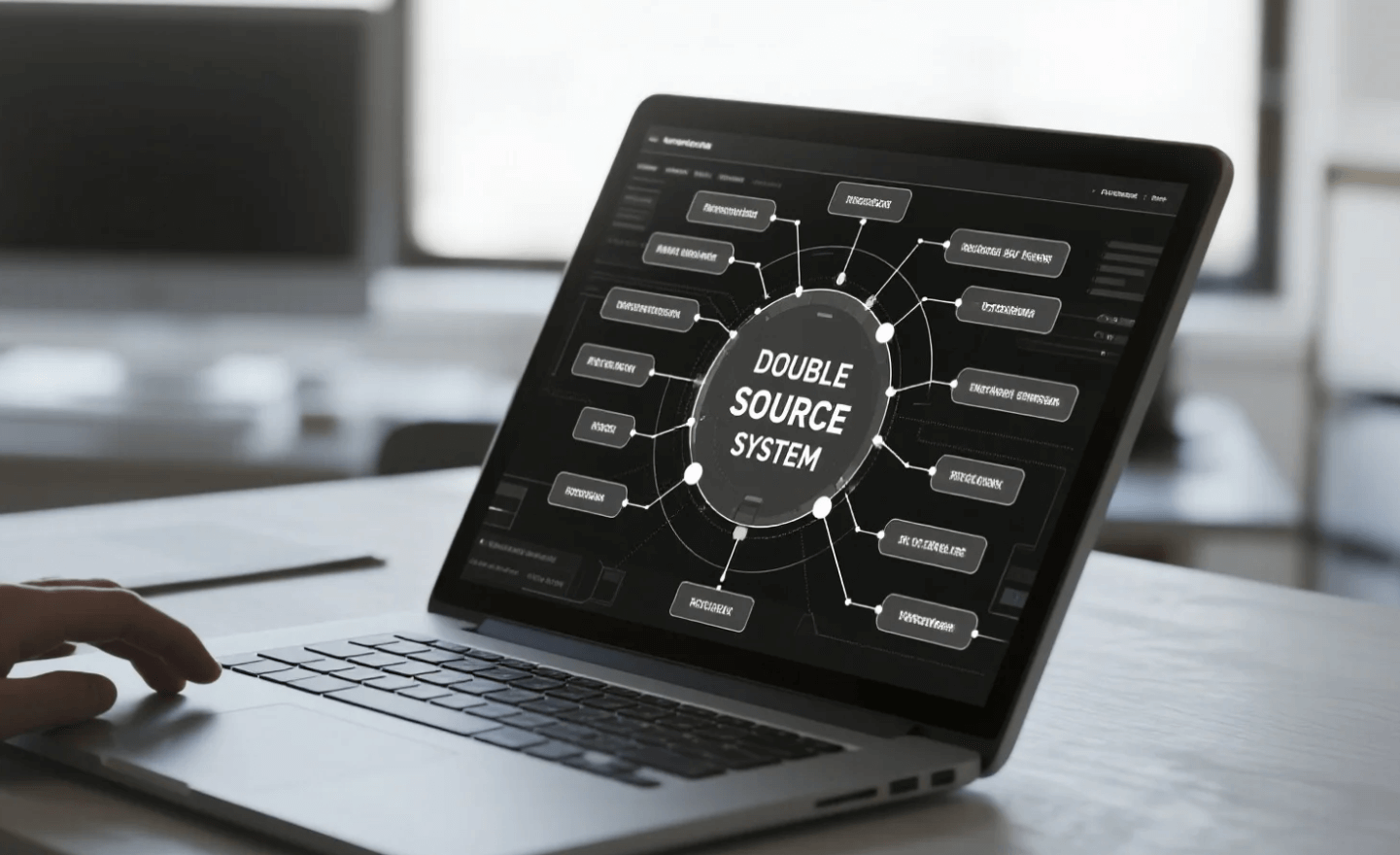In the fast-paced and often unpredictable world of procurement, double sourcing has emerged as a strategic approach to mitigating risk and maintaining supply chain continuity. This method, which involves sourcing the same product or component from two different suppliers, allows organizations to balance security, flexibility, and cost-effectiveness. Whether you are a procurement manager, supply chain analyst, or business owner, understanding how double sourcing works—and when to apply it—can make the difference between a resilient operation and a vulnerable one.
Understanding the Concept of Double Sourcing

At its core, double sourcing means partnering with two suppliers for the same item, instead of relying on a single source. Unlike single sourcing, where all demand is fulfilled by one supplier, this strategy divides the purchase volume between two partners.
This approach is particularly valuable in procurement for industries that face volatile demand, supply chain disruptions, or critical lead times. Common sectors that benefit from double sourcing include electronics, automotive, pharmaceuticals, and manufacturing.
Key idea: The goal is not just redundancy—it’s about building resilience while optimizing quality, lead time, and cost.
Key Features of Double Sourcing
Double sourcing stands out in procurement for several distinct characteristics:
-
Risk Diversification – If one supplier experiences a disruption, the second supplier can cover part or all of the demand.
-
Competitive Pricing – With two suppliers, buyers can leverage market competition to negotiate better terms.
-
Quality Assurance – Having two sources enables benchmarking, ensuring that one supplier’s performance is checked against the other.
-
Scalability – When demand surges, having multiple supply sources allows for faster scaling.
This method is not simply about having a “backup”—it’s about strategically balancing resources to achieve procurement goals.
Advantages of Double Sourcing in Procurement
The popularity of double sourcing among procurement professionals comes from its practical benefits:
Supply Chain Continuity
If one supplier faces a natural disaster, production issue, or political disruption, the other supplier can keep operations running.
Stronger Negotiation Power
Competition between suppliers often leads to better prices, terms, and service quality.
Flexibility in Demand Management
Procurement teams can adjust order allocations between suppliers based on capacity, lead times, and cost changes.
Innovation and Improvement
When suppliers know they are being compared, they are more likely to invest in technology, quality, and delivery performance.
Potential Drawbacks and Risks
While double sourcing offers significant advantages, it also comes with challenges that procurement managers must consider:
-
Higher Management Complexity – Coordinating two suppliers requires more time, communication, and resources.
-
Increased Onboarding Costs – Setting up and qualifying a second supplier can be costly.
-
Volume Discount Loss – Splitting orders may mean missing out on bulk discounts from a single supplier.
-
Potential Quality Variations – Differences in materials, processes, or standards between suppliers can affect product consistency.
When Should Procurement Teams Use Double Sourcing?

This strategy is most effective when:
-
Products are critical to operations and downtime is costly.
-
The market is unstable or politically sensitive.
-
Lead times are long and production disruptions are common.
-
Quality is essential and must be consistently benchmarked.
For example, in the electronics industry, a sudden shortage of semiconductor chips can halt production for months. Having two qualified chip suppliers ensures that at least one source remains available.
Best Practices for Implementing Double Sourcing
To make double sourcing work effectively in procurement, companies should follow these steps:
-
Conduct a Supply Risk Assessment
Identify which products or components are critical and vulnerable to disruption. -
-
Select Complementary Suppliers
-
Choose suppliers with different geographic locations, capacities, and strengths to avoid shared risks.
-
-
Establish Clear Quality Standards
Both suppliers must meet identical specifications and performance requirements. -
-
Negotiate Balanced Contracts
Ensure fair allocation of volume while maintaining incentives for both suppliers. -
-
Monitor and Benchmark Performance
Regularly track lead times, costs, defect rates, and customer satisfaction.
Ethical and Sustainable Considerations
In modern procurement, double sourcing is also seen as a tool for sustainable supply chain management. Companies can choose one supplier closer to the production facility to reduce carbon footprint, and another that specializes in ethical sourcing practices. This way, resilience goes hand in hand with corporate responsibility.
Conclusion
In today’s uncertain supply chain environment, double sourcing offers procurement teams a practical way to reduce risks, maintain flexibility, and strengthen supplier performance. While it introduces some management complexity, the long-term resilience it provides often outweighs the drawbacks. By carefully selecting suppliers, setting clear standards, and continuously monitoring performance, procurement professionals can make double sourcing a cornerstone of their supply chain strategy.
FAQ: Double Sourcing in Procurement
Q1: Is double sourcing more expensive than single sourcing?
It can be at the start, due to onboarding and management costs, but it often saves money in the long run by preventing disruptions.
Q2: Can small businesses benefit from double sourcing?
Yes, but they should weigh the additional management effort against the potential risks of supply failure.
Q3: How is double sourcing different from multiple sourcing?
Double sourcing involves exactly two suppliers, while multiple sourcing uses three or more.
Q4: What industries use double sourcing the most?
Automotive, electronics, pharmaceuticals, and manufacturing are leading adopters.













